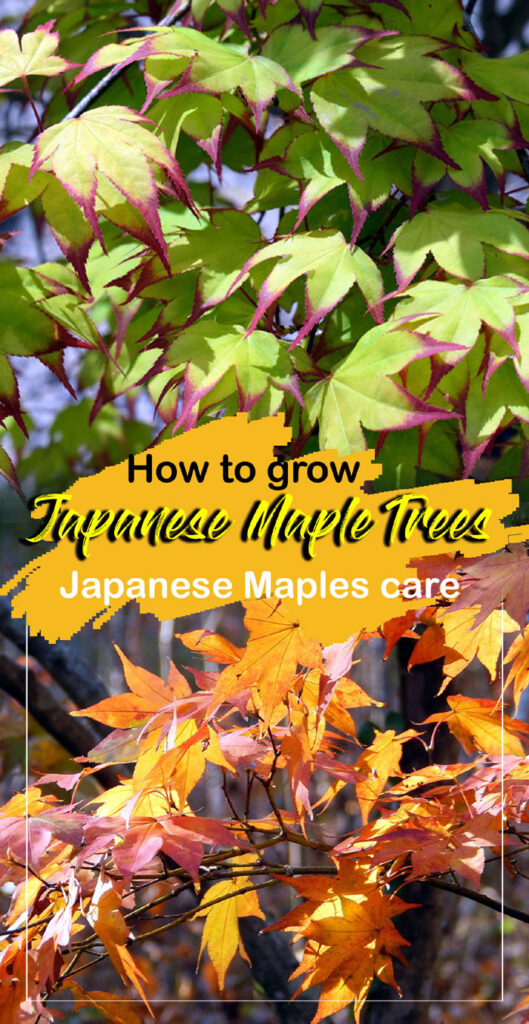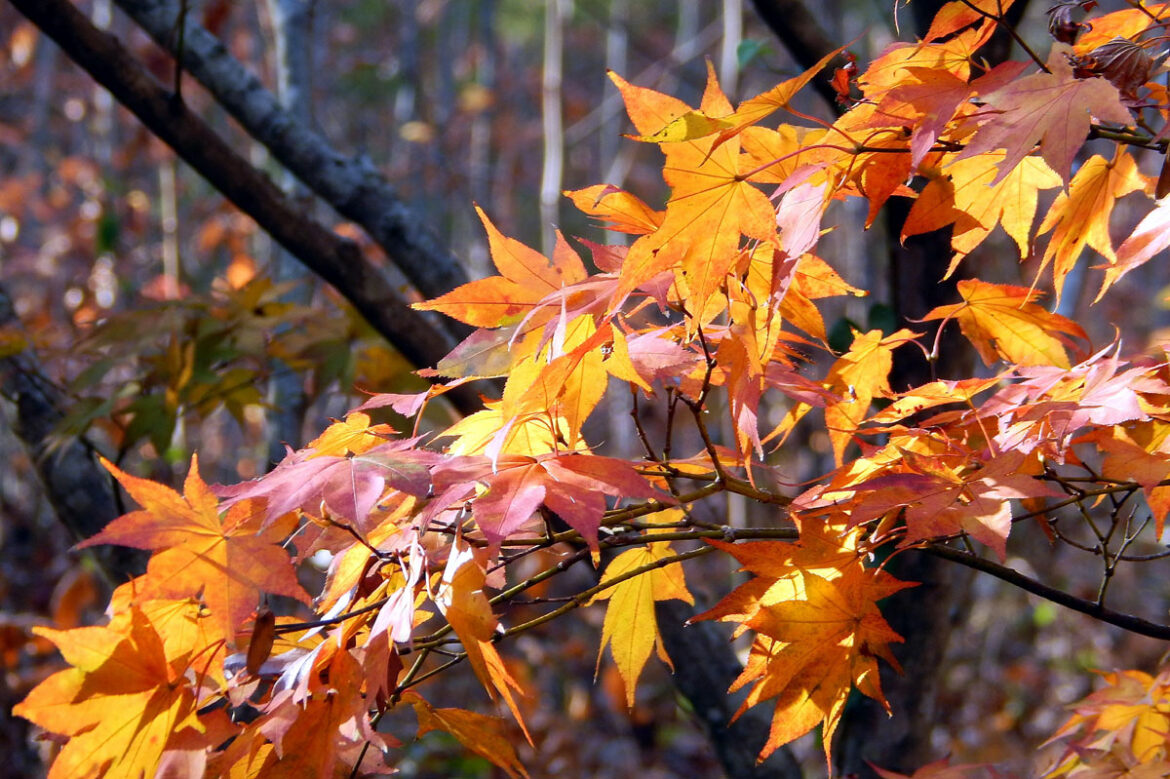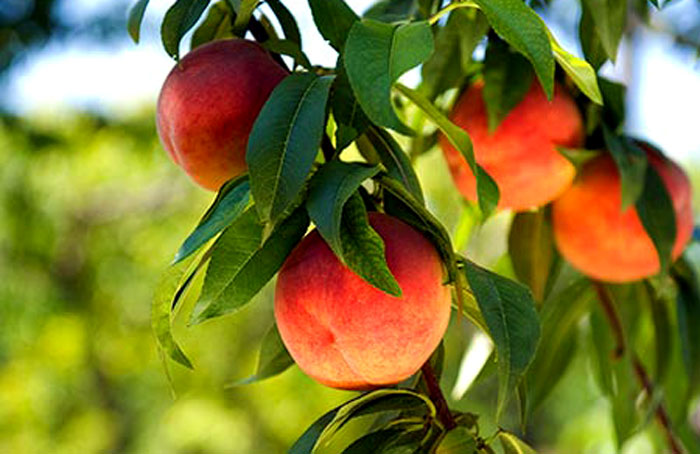Japanese Maples Tree (acer palmatum)
This woody plant is native to Japan, Korea, China, Mongolia, and Southeast Russia. It is commonly known as Japanese maples, acer palmatum, palmated maple, or smooth Japanese maple. The many cultivars of this maple are grown around the world for their varied shapes, colors, and leaf forms.
Usually growing as an understory plant in shady woodlands, it grows to heights of 6–10 m and widths of 4.5–10 m as a deciduous shrub or small tree. A large, palmate leaf lobe 4–12 cm wide, these lobes are rounded or acute. There are five red or purple sepals and five whitish petals in each flower of the small cymes. The fruit consists of a pair of winged samaras measuring 2–3 cm in length and containing seeds measuring 6–8 mm in diameter.
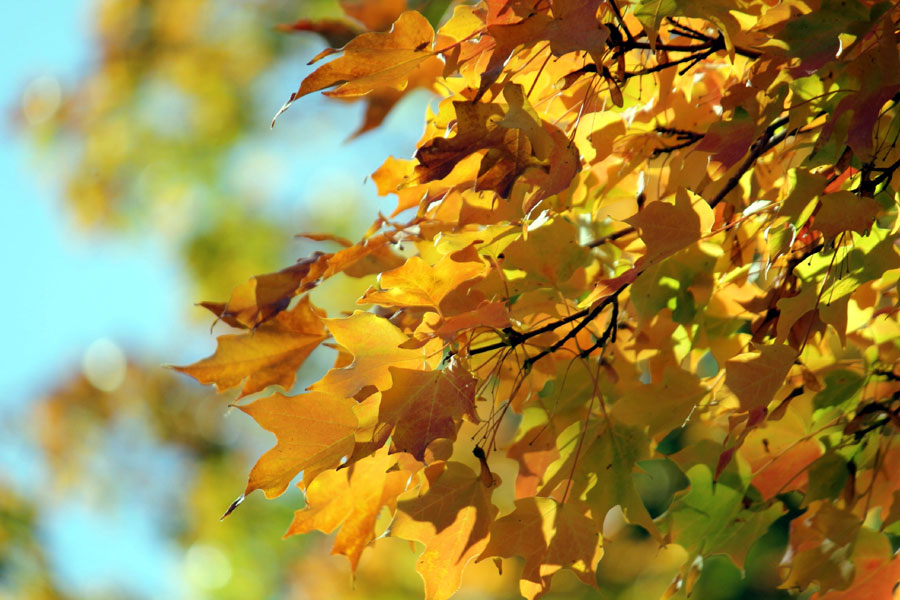
Overview Japanese Maple Trees
Scientific Name Acer palmatum
Common Name Japanese maple tree, palmate maple, or smooth Japanese maple
Plant Type Tree
Sun Full sun / part sun
Soil Loamy soil, well-drained soil
Soil pH 6.2 to 6.5
Flower Color Red, Purple, and Green
Bloom time Spring
Zone 5- 8 (USDA)
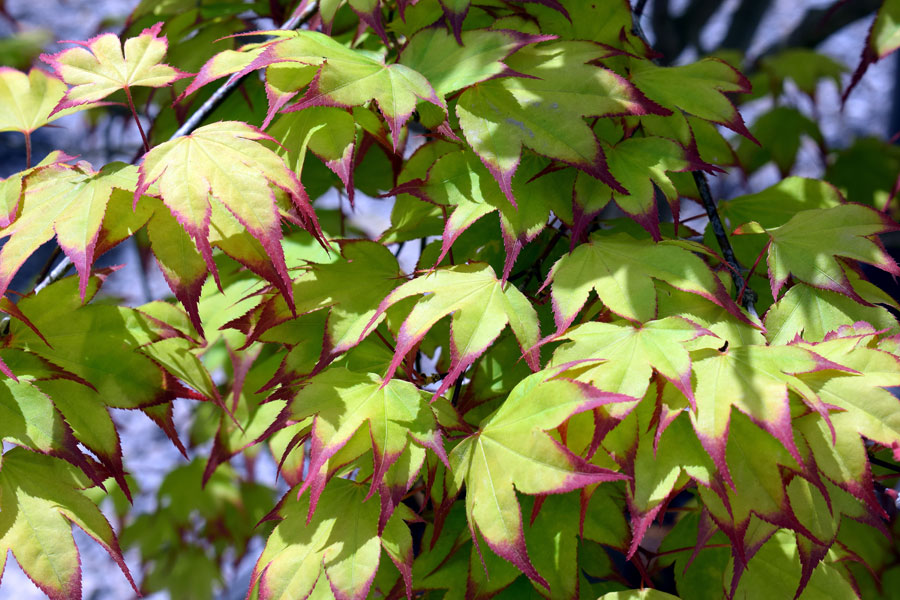
How to Grow and Care of Japanese Maple Trees
It can also serve as an impressive bonsai specimen, provide a striking focal point, or add a splash of color to a large container. The Japanese maple comes in hundreds of varieties with a great deal of variety in leaf shapes and colors, including green, orange, red, purple, and variegated.
It is ideal to plant your Japanese maple in the fall so that its roots get established while the remainder of the tree is dormant.
Growing from seeds
- The seeds of the Japanese red maple are harvested in the fall when the tree turns brown.
- In a paper bag, store the seeds at room temperature after removing their papery wings.
- Prepare your seeds 60 to 120 days before you plan to plant them. It is best to plant in the spring after your area has experienced its last frost.
- Pour warm water over the seeds in a glass bowl or similar container.
- Maple seeds should be soaked for at least 24 hours.
- It will take 60 to 120 days for the seeds to stratify in the refrigerator.
- Seeds can be sown on the surface of 4-inch pots filled with soil. Make sure the seeds are covered with soil that is 3/8 inch thick.
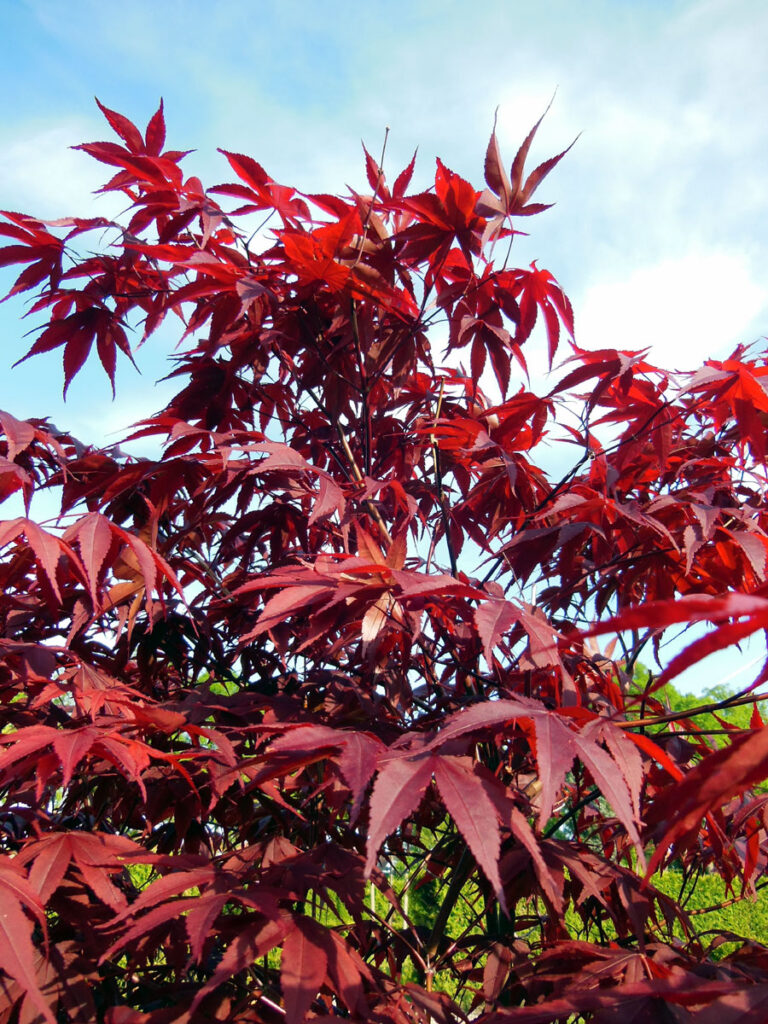
Growing from cuttings
Taking softwood cuttings in summer is also a reliable method of growing Japanese maples. Cuttings must be moderately well-hormones and placed in an appropriate medium in order to root, but otherwise it is a fast, simple process that produces a high success rate.
Sunlight
Japanese Maples can thrive in full sun anywhere except the southernmost portions of their hardiness range. However, they also respond well to some shade. There is no doubt that it needs some sunlight for its foliage to show off its color, but the amount that you provide can vary greatly.
Soil
Despite their ability to thrive in most soil types, Japanese maples prefer acidic soil. It is recommended to grow Japanese maples in loamy soil with a pH 6.2 to 6.5. Poor soil will slow their growth rate and cause their trees to become stressed more frequently. The soil in your garden should be acidified with chelated iron once a year if it is alkaline.
Watering
Check before watering, water when the soil becomes dry. It does not require excessive watering. Trees less than two or three years old need to be watered from time to time. It is possible for trees to survive long periods without water when they are mature.
Fertilizer acer palmatum trees
A healthy tree planted in rich soil with ample organic matter does not require fertilizer every year. Trees like Japanese maples grow slowly in nature, so fertilizers high in nitrogen should not stimulate rapid growth. Spring is the best season to feed. The recommended rate for slow-release granular shrub and tree fertilizer should be half that of a landscape tree fertilizer.
Pruning
Japanese maples need heavy pruning in summer or winter. Amend branches in winter, and thinning branches in summer. Trees in full sun, particularly those in warm climates, should not be pruned above 80°F. Remove branches that have crossed if desired, and only prune out the lower branches if desired. The only other thing you need to do is remove any branches that are dead, damaged, or diseased.
Read also:
How to grow Bonsai tree and care. How to grow a Bonsai tree. Growing Succulent indoor. 10 Charming DIY birdhouses. Do-it-yourself. How to grow Orange in containers. Dwarf Apple tree growing in containers. Growing and caring Grapes in containers. Jackfruit Growing and caring in containers. How to Grow Watermelon in containers. Plumtreegrowing and caring tips. Best Containers for your plants.
For Pin:
